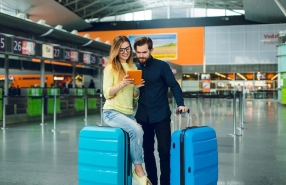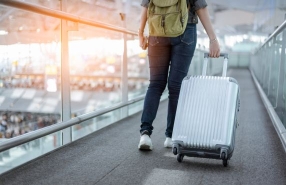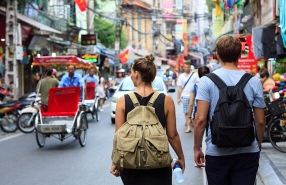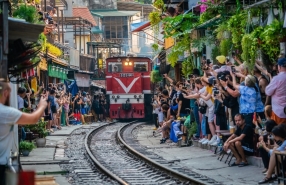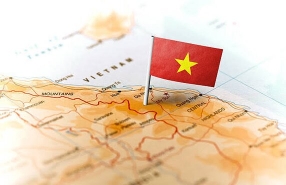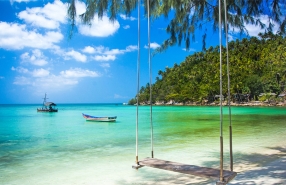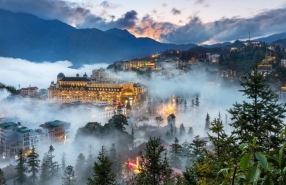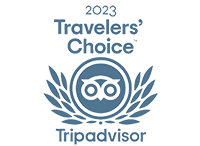What Are The Places To Avoid In Laos?

Table of Contents
I. Why should you know which places to avoid in Laos?
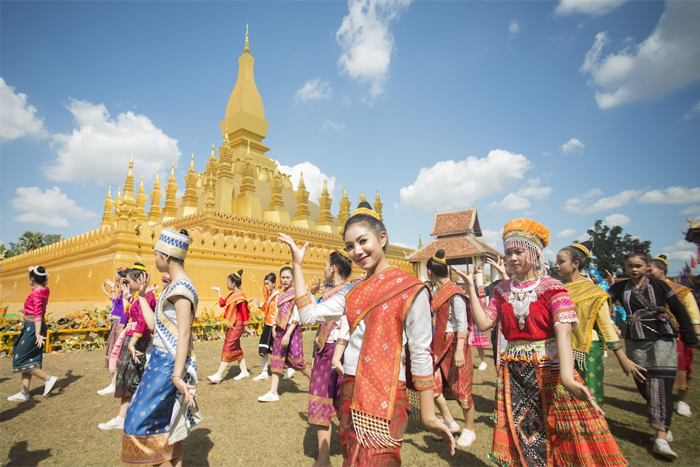
Local insecurity (theft, regional tensions, illegal activity)
Difficult access or poor healthcare infrastructure (isolated rural zones)
Natural hazards: landslides, flash floods, wild animals, unmarked trails
Plan a safer itinerary
Avoid costly or dangerous surprises
Enjoy the country’s wonders peacefully and respectfully
II. Places to avoid in the 5 most popular provinces in Laos
1. Luang Prabang
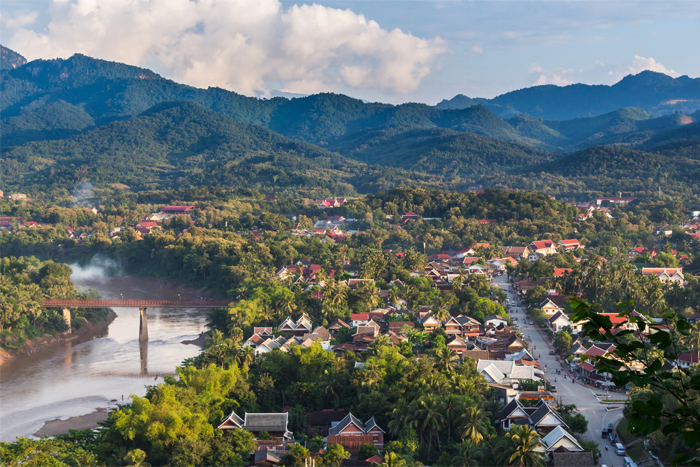
Ban Phanom at Night: This traditional weaving village just outside the city is peaceful during the day, but at night, its dim lighting and low foot traffic make it vulnerable to petty crime such as theft or harassment.
Trails to Pak ou caves and Kuang Si Waterfalls: These are must-see attractions, but the hiking paths can be slippery, unmarked, and full of wildlife including snakes. Accidents such as falls or twisted ankles are not uncommon, especially for solo hikers or those venturing without proper footwear or preparation.
2. Vientiane
Khua Din Market (After 10 PM): Although lively by day, this area becomes noticeably less secure at night. It is known for pickpocketing, especially near poorly lit stalls or behind the market.
Non-Tourist Zones Along the Mekong River: While parts of the riverfront are well developed for tourists, walking further away from these zones can lead to dark, unmonitored areas where unofficial gatherings sometimes take place.
Talat Sao Bus Station at Night: After sunset, the station area tends to attract a questionable crowd. The lack of security presence and poor lighting increase the risk of theft or unwanted attention.
3. Vang Vieng
Nam Song River (Rainy Season): Tubing down the river is a popular activity, but during the rainy months, currents become fast and unpredictable. Drownings and tubing-related accidents have occurred due to poor supervision and lack of safety equipment.
Bars and Riverside Parties: While fun, these venues often involve excessive alcohol and occasional drug use. This mix can lead to risky behavior, theft, or worse especially for solo travelers.
Unmarked Caves: Many tourists explore caves without guides, but these natural formations can be dark, deep, and disorienting. Accidents from falls or getting lost are not uncommon.
4. Pakse (Champasak Province)
Unmarked Trails on the Bolaven Plateau: These scenic hiking routes may seem inviting but can become dangerous quickly due to landslides, remote locations, and lack of mobile signal. Losing your way is a real risk if you go without a guide.
Off-Trail Sections at Tad Fane and Tad Yuang Waterfalls: These stunning waterfalls are a highlight of any southern Laos trip, but stray off the designated paths and you’ll find steep cliffs, slippery rocks, and zero barriers - perfect conditions for accidents.
5. Savannakhet
Rural Border areas: Close to the Thai border, some villages are known for smuggling routes and low enforcement. Tourists who wander into these areas may unknowingly find themselves in restricted or dangerous zones.
Poorly lit suburban streets: The city center is generally safe, but outskirts or industrial zones may lack adequate lighting and security, making them vulnerable to petty crime at night.
III. High-risk areas to avoid in Laos
1. Xaisomboun Province
2. Border areas with Myanmar (Bokeo & Luang Namtha)
3. Remote rural zones of phongsaly
Why avoid it: Isolation, dangerous roads, limited medical care, high risk of getting lost without a local guide.
IV. Practical safety tips for traveling in Laos
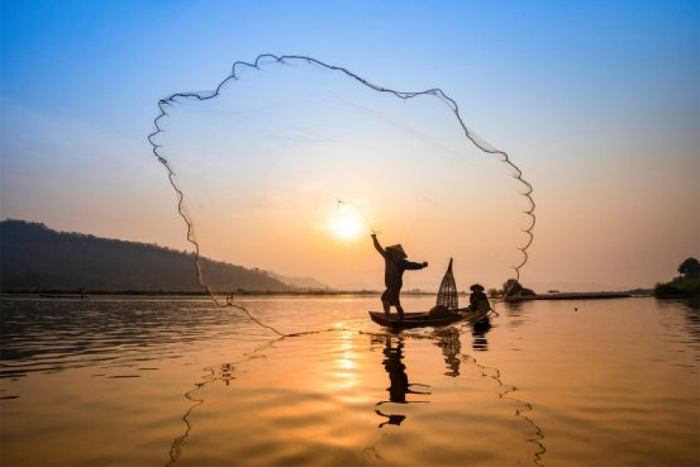
Get a local SIM card to stay reachable at all times.
Never hike alone in remote areas.
Use reliable transport (official taxis, agency vans).
Don’t flash valuables in quiet or poorly lit areas.
Regularly check safety updates from your embassy.
Get travel insurance with 24/7 assistance.
Stick to marked trails, especially in areas with unexploded ordnance (UXO) risks.
Yes, Laos is generally considered a safe country for tourists. The people are welcoming, crime rates are low compared to other countries in the region, and travelers can move around freely. However, some precautions are still necessary, especially in remote rural areas, border regions, or poorly lit neighborhoods at night. By staying informed and avoiding risky areas in Laos, it is entirely possible to enjoy a pleasant and safe trip.
When to avoid Laos? It's best to avoid Laos during the rainy season, which lasts from May to October, with the heaviest rainfall typically between July and September. During this time, intense rains can cause flooding, landslides, and make roads difficult to navigate, especially in mountainous or remote areas. For travelers seeking a peaceful trip, this season is not ideal, as outdoor activities like trekking or tubing become risky. To fully enjoy the landscapes, waterfalls, and temples, it’s better to plan your visit between November and February, when the weather is drier, more pleasant, and perfect for exploring.
Related travel guide
Other similar articles
CUSTOMIZABLE BY LOCAL EXPERTS
Personalized trip at the original price!
REFUND GUARANTEE
We believe in our work and promise to give you money back.
GOOD PRICE / QUALITY
95% satisfied more than expected!
24/7 LOCAL SUPPORT
We are always available online to provide assistance at any time.
Most read articles
Autour Asia is highly recommended on
Embracing the mission of "Satisfied more than expected" and providing authentic experiences, we have received numerous recommendations on reputable travel forums:











